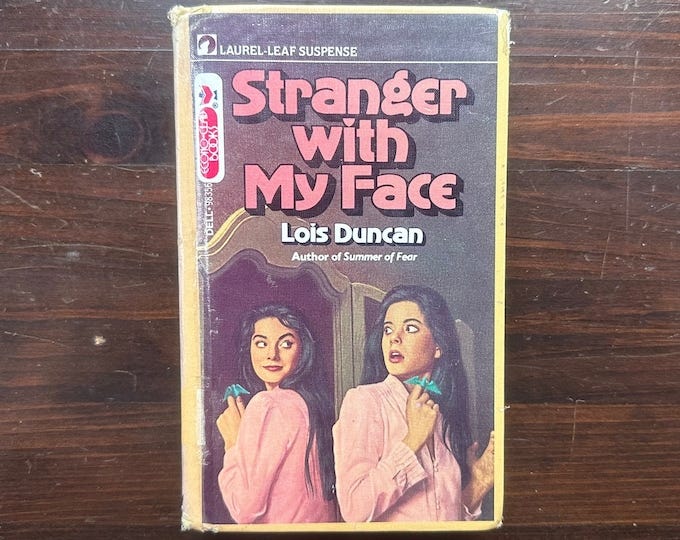I hope you’re all enjoying the Best of 2024 lists out there. They’ve got me watching this, and heating up the library card with this, and reading this, and then cozying up in the subzero temps to consume accordingly.
It all started over Thanksgiving, when my family went to “Wicked” after the leftover green bean casserole was all put away. My first reaction was that I primarily loved seeing this musical because I was with my daughter and my son’s girlfriend—both of them giddy and full of joy. But my second reaction was that the only part of the film that my heart is still holding space for (sorry) despite the movie’s massive budget was Elphaba (Cynthia Erivo) on the dance floor, which was arguably the film’s most analog moment.
The following night we sat everyone down to watch the 2007 hit musical, “Once,” which cost probably twenty-seven dollars and a handful of spare change to make, and I hear through the youth grapevine the kids are still talking about it. I know that movie has never left me over all these years.
What is it about certain entertainments—books, movies, television shows—that still reverberate after decades? This has been on my mind. Some of the books of my life, in fact, have stuck with me for most of my life. Same with Oma. And same with, it turns out, our friend and fellow writer and editor Brian Kramer.
Books like this are, indeed, worth revisiting. What was it that resonated? What’s now woefully outdated? What still works?
We cover all these things in a new occasionally recurring podcast, the Analog Mix 80s Book Club. We’ll discuss books that still strike a chord, have haunted us, or have altered our habits, over the years. We’re starting with “Stranger with my Face” by Lois Duncan, who had a prolific YA writing career with several of her books optioned into movies, including “I Know What You Did Last Summer.” The book, published in 1981, has its problems, but it also has a plot line involving astral projection, a psychic ability to cast oneself into another place in the universe to explore or investigate the world outside your own. Find me a rural Iowa kid who didn’t dream of doing that during detasseling or bean walking season. I still think of this psychic ability when times are tough, or when the weather is, say, 9 degrees and cloudy. For days.
Now, times have changed since the 80s. And so, there are issues with this book, most notably Duncan being a white writer depicting a Navajo protagonist without including Navajo writers or actual research in her telling (no evidence of this that I found anyway). Though Duncan lived in New Mexico most of her adult life, in interviews she mostly cited her deep research on astral projection, and accordingly that’s the part of the book that stayed with me. Which makes me wonder what I would have learned about Navajo culture in my mostly-white Iowa town if she had done that research. I’ll note the book didn’t land on the American Indian Library Association list of books to read or avoid, it was simply not mentioned. And part of me wonders if an Indigenous protagonist exploring the book’s universally shared emotional territory—rejection, polarity in the human spirit, the true nature of love—was also what made the book important to me. Some of the details of protagonist Laurie’s life (her “alien eyes” shaped differently than her peers, for example) probably laid some nefarious shite into my sheltered psyche, but she also had an evil sibling trying to make her life hell, and didn’t we all (sorry, guys, I like you now).
But it’s the trippy plot line of astral projection, its most detailed element, that I still think about four decades later. The story is delightfully bizarre and fast-moving. If you haven’t read “Stranger with my Face,” you must at least have a listen. I read it in three days, and that included time spent re-reading the craziest parts (there were lots).
And stick around to the end of the episode for a teaser of the next book we’ll cover! Happy almost-weekend, everybody.







Share this post